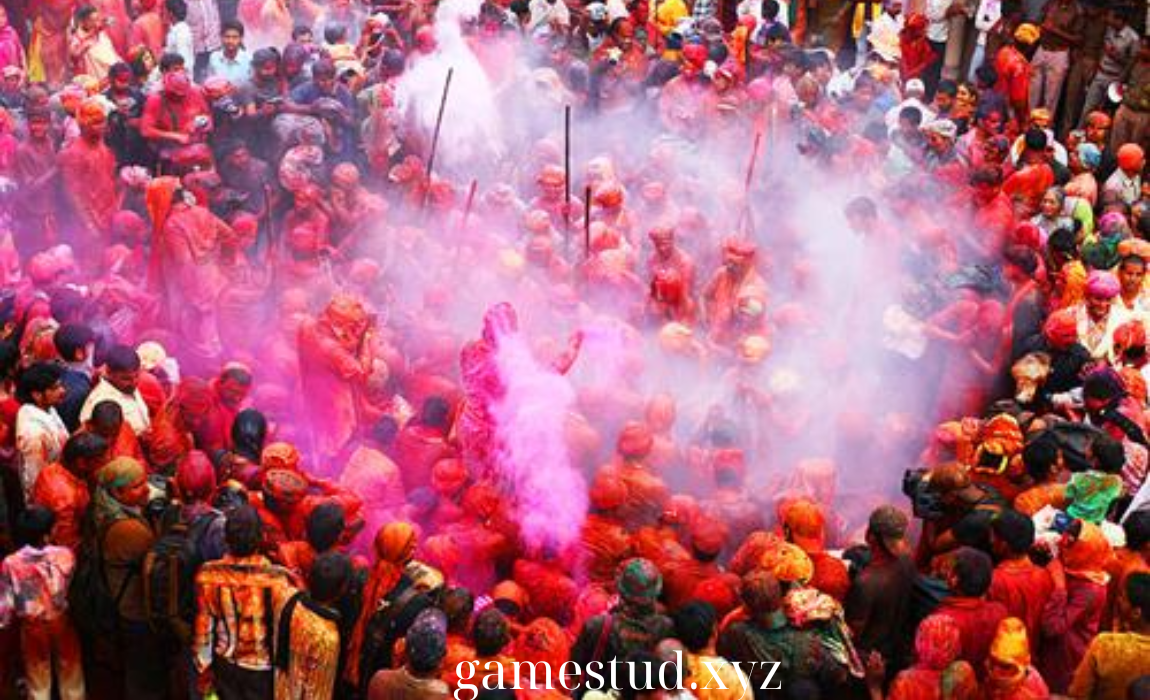Local Events
Local Festivals: Celebrate Culture and Tradition with Exciting Gatherings
Traveling is not just about exploring new destinations; it’s also about immersing yourself in the local culture and traditions that make each place unique. One of the best ways to experience this is by attending local festivals. These vibrant gatherings offer a deep insight into the customs, beliefs, and creativity of the communities that celebrate them. Whether it’s a lively street parade, a traditional dance, or a food festival showcasing regional delicacies, local festivals are an exciting way to engage with a destination’s culture.
Here’s how attending local festivals can elevate your travel experience and why these celebrations are a must for any cultural explorer.
1. A Window into Local Traditions and History
Local festivals often stem from deep-rooted cultural traditions, historical events, or religious practices. Attending these celebrations gives you a firsthand glimpse into the values and customs of the region, providing an authentic cultural experience. Festivals can commemorate significant historical milestones, seasonal changes, harvests, or religious beliefs, offering a wealth of knowledge about the community.
For example, in Spain, the Running of the Bulls during the San Fermín festival in Pamplona offers a thrilling connection to centuries-old traditions. In Mexico, Día de los Muertos (Day of the Dead) honors loved ones who have passed with colorful altars, parades, and offerings, celebrating the rich cultural history of Mexico’s indigenous and Catholic influences.
By attending these festivals, you not only witness the local culture but become part of it, gaining a deeper appreciation for the traditions that shape the identity of the community.
2. Engage with the Community
Festivals are a time when locals come together to celebrate, and as a visitor, you are often welcomed to join the festivities. Whether you’re dancing in the streets, sampling local delicacies, or cheering on performers, festivals provide an opportunity to connect with the local community in a fun and interactive way. These events break down the barriers between locals and tourists, allowing for genuine cultural exchanges.
In countries like Japan, where festivals such as Gion Matsuri in Kyoto bring entire neighborhoods together for parades and traditional rituals, tourists are invited to participate, fostering a sense of inclusion. Engaging with locals during these celebrations can lead to lasting memories, as you experience the warmth and hospitality of the people and see the pride they have in their traditions.
3. Taste the Flavors of Local Cuisine
Many local festivals revolve around food, offering an exciting chance to taste the flavors of the region. Food festivals highlight traditional dishes, seasonal ingredients, and local cooking techniques, giving you a true taste of the culture. From street food stalls to gourmet experiences, these festivals allow you to indulge in authentic local cuisine.
For example, in Thailand, the Vegetarian Festival held in Phuket is not only a religious event but also a culinary experience, with vendors selling a variety of delicious plant-based dishes. In Spain, La Tomatina in Buñol is a playful food fight where tomatoes take center stage, but the surrounding festivities also offer traditional Spanish fare.
Sampling the food at these festivals allows you to experience the culinary heritage of a destination, deepening your connection to the culture through taste.
4. Music and Dance: Feel the Rhythm of the Culture
Music and dance are integral components of many local festivals, showcasing the creativity and energy of the community. Traditional music, whether it’s the rhythmic beats of African drums, the melodic sounds of flamenco guitars, or the uplifting notes of mariachi bands, plays a vital role in setting the tone for these celebrations.
At Brazil’s world-famous Carnival, for instance, samba music and dance take center stage as vibrant parades and performances light up the streets. In Ireland, St. Patrick’s Day is celebrated with traditional Irish music, step dancing, and joyful parades that fill the cities with an infectious sense of pride.
Participating in the music and dance of local festivals helps you connect with the heartbeat of the culture, as these performances often reflect the history, struggles, and joys of the community.
5. Capture Unforgettable Memories
Local festivals offer unique, colorful, and often dramatic backdrops for photography, making them a paradise for those looking to capture unforgettable travel memories. The vivid costumes, intricate decorations, and lively atmosphere provide endless opportunities to document your cultural experiences. Whether you’re snapping photos of a grand parade, a firework display, or intimate moments of festival preparation, these events offer a wealth of visual storytelling.
One of the best examples is India’s Holi festival, also known as the Festival of Colors. During Holi, participants throw vibrant colored powders into the air and at one another, creating a stunning and joyous spectacle that’s both fun to take part in and capture on camera.
6. Celebrate the Seasons
Many local festivals are rooted in seasonal changes, particularly harvest celebrations that give thanks for the abundance of crops. These festivals often coincide with key times of the year, such as spring, summer, or autumn, and reflect the agricultural traditions of the region.
For instance, Oktoberfest in Germany is a world-famous beer festival that celebrates the harvest season with traditional Bavarian beer, food, and music. Similarly, the Cherry Blossom Festival (Sakura Matsuri) in Japan marks the arrival of spring, with locals and visitors alike enjoying picnics under blooming cherry trees.
Seasonal festivals offer a chance to experience the beauty of nature and the agricultural roots of the region, as well as celebrate the changing of the seasons with the local community.
7. Discover Unique Crafts and Artistry
Many local festivals are also an excellent opportunity to discover the traditional crafts and artistry of a region. Craft fairs, art exhibitions, and artisan markets often accompany festival celebrations, showcasing local craftsmanship, such as handmade textiles, pottery, jewelry, and artwork. This gives visitors a chance to purchase one-of-a-kind souvenirs while supporting local artisans.
For example, at Guatemala’s Semana Santa (Holy Week) processions, intricate alfombras (carpets) made of colored sawdust, flowers, and sand are painstakingly crafted by locals, demonstrating their artistic talent and devotion. In Peru, during the Inti Raymi festival, traditional textiles and crafts are displayed, offering a window into the country’s ancient Inca traditions.
By exploring the artistry on display, travelers can bring home a piece of the culture while supporting the preservation of these traditional crafts.
Conclusion
Attending local festivals is one of the most enriching ways to experience the culture and traditions of a destination. These vibrant gatherings offer a unique insight into the community, whether through music, dance, food, or historical commemorations. By engaging with the local culture during these celebrations, travelers not only witness the customs of a region but also become part of the story.
From ancient rituals to modern parades, local festivals provide exciting opportunities for cultural exchange, making them a must for any traveler looking to explore the heart and soul of a destination. So, the next time you plan your travels, be sure to check out the local festival calendar and experience the joy, color, and excitement of these incredible cultural celebrations.

